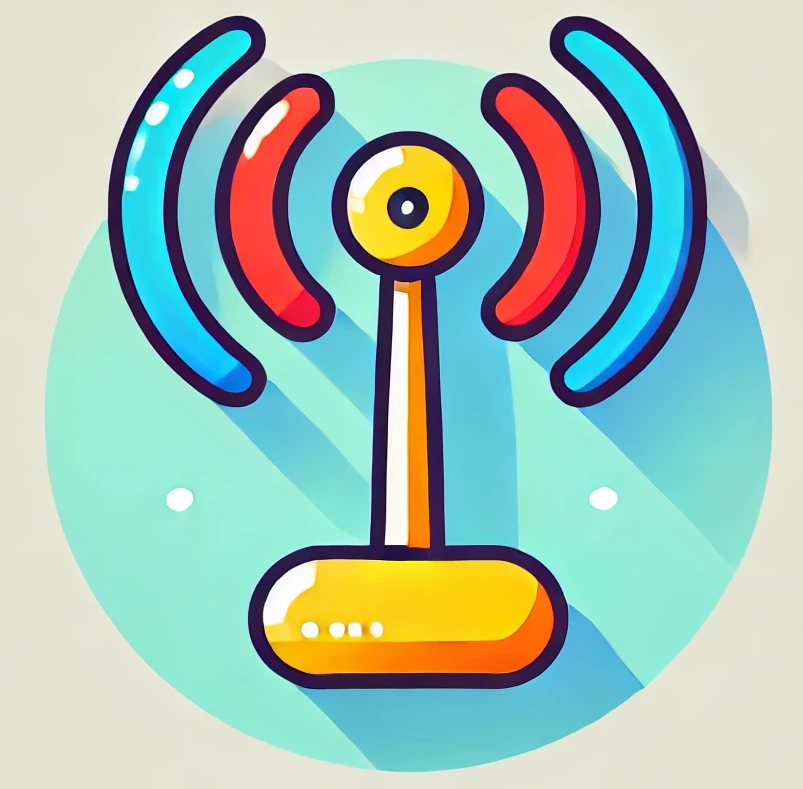Study guide for the exam#
Only studying with a list of exam questions can become a hit or miss game for preparation. You may get a good grade because the questions you studied for also appeared in the exam (hit). However, you may also get a bad grade even you studied hard, because in the exam different set of questions may have appeared than you prepared for (miss). Then you may push the responsibility on the instructor, because they did not list the relevant questions.
Listing all the questions you may get is difficult, even impossible. Using a list of what you should do in the exam may be better for you to avoid the hit or miss game.
To do well on the exam, you should be able to do the following:
Problem The lost emergency signal motivates the theory for wireless telecommunication and modulation, but we introduced some concepts apart from the theory
explain to someone without university education
what the software and hardware tools we used do
how we can receive a radio signal
how we visualize radio signal activity
Explain the function blocks in a digital wireless communication network, radio wave propagation
interpret a waterfall diagram
explain the behavior and importance of selecting the right modulation scheme when decoding signals
list at least three different frequency ranges that need no licensing
explain the relevance of transmit power, duty cycle and frequency range in a shared medium like wireless communication
explain the importance of SRD frequencies and give at least two examples
describe the terms
ISM, SRD, amateur, ERP
Problem Generating an emergency signal motivates the theory for digital modulation, but we introduced some concepts apart from the theory
explain the effect of a cable, antenna, transmit gain, receive gain in wireless communication
differentiate between analog and digital data transmission
Problem Analyzing link budget for a medical body area network motivates the theory for link budget and additionally expects (that you are able to):
examine the effect of data rate, packet size, duty cycle to the energy consumption
calculate the maximum transmission power and battery lifetime for a scenario
propose improvements to decrease energy consumption
Problem Analyzing the battery lifetime of a remote pain monitoring system is similar to Analyzing link budget for a medical body area network but additionally expects (that you are able to):
organize many scenarios in a conveniently readable structure
compare different scenarios and evaluate whether the calculated numbers make sense
Section Introduction to telemedicine:
explain to someone without university education what telemedicine means
define terms like IT, ICT, medicine, healthcare
understand the importance of wireless technology as an enabler for telemedicine
Section Telecommunication:
explain fundamental concepts of telecommunication, e.g., transceiver, noise, modulation, EMI; and calculate Shannon-Hartley theorem, bandwidth, spectral efficiency
explain the significance of OSI layers in telecommunication
analyze the fitness of wired or wireless telecommunication to a given scenario
Section Wireless communication:
evaluate the fitness of a common wireless protocol to a given telemedicine scenario
compare and explain ad-hoc network types
draw how wireless signals propagate and explain its consequences, e.g., received signal energy, degradation
Section Digital modulation:
explain to a Bachelor student how information can be applied to a wireless signal
draw a constellation diagram for a given modulation scheme
calculate the bit rate for a given symbol rate and modulation scheme
Section Noise and dB:
draw how noise with a specific mean and variance affects a signal
calculate the operation lifetime using duty cycle, power and available energy
explain to a Bachelor student the significance of dB in wireless telecommunication and calculate dB to linear quantities and vice-versa
calculate SNR for a given signal and noise
Section Link budget:
understand the significance of link budget and its components
calculate the link budget and minimum transmission power for a given scenario
evaluate the applicability of a path loss model to a given scenario
Section Technical requirements for wireless body area networks (WBANs):
evaluate technical parameters like data rate, battery lifetime, error rate for a given WBAN scenario
draw and explain components of an end-to-end WBAN solution
explain the significance of energy harvesting and chips (ASICs)
